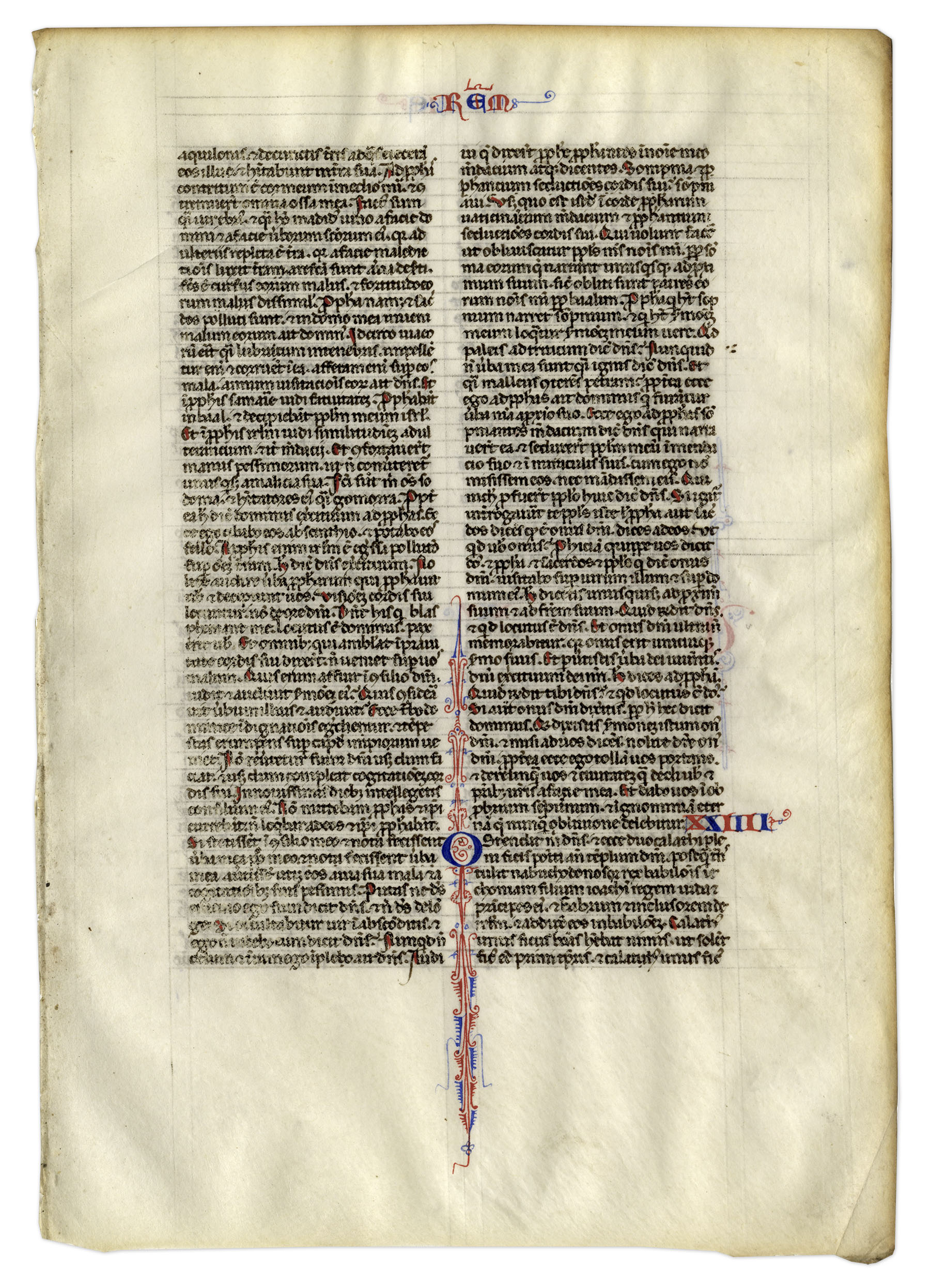

- #MEDIEVAL MANUSCRIPTS USED PARCHMENT OR VELLUM CREATED FROM HOW TO#
- #MEDIEVAL MANUSCRIPTS USED PARCHMENT OR VELLUM CREATED FROM SKIN#
Pens gave a permanent voice to those who could afford them and could read. Having pens and paper meant much more than knowing how to read in the medieval world it meant having the status, education, and wealth to acquire all the extensive tools used to write. Civic officers, like aldermen, used pens to record legislation and records, like the different mayors elected in London each year. Some households of richer merchants and guildsmen often recorded their financial statements using a dip pen that a civic officer could have sold to them, or if he could have known how to make his own pen. Additionally, those who held civic office had to draw up contracts, as well as collect taxes, which require meticulous records. However, in London, literacy rates were higher because merchants and craftsman who ran their own trade and business needed to record inventory and transactions to run a successful business. In the Middle Ages, the ability to read and write was not a reality for a majority of the population, as that privilege belonged mostly to the clergy, especially scribes who both wrote texts and created manuscript illuminations. Most documents were made out of cheaper parchment (from a sheep skin) and did not include illustrations.Īlthough the purpose of a pen has not changed over time, its appearance, construction, and users have changed.
#MEDIEVAL MANUSCRIPTS USED PARCHMENT OR VELLUM CREATED FROM SKIN#
Vellum consists of the dried and rolled-out skin of a lamb, which tended to brown and shrink over time if not processed correctly. Scribes used mainly vellum to create the best manuscripts such as those with colored illuminations, which were tedious and costly to make. Writers mainly used goose feathers, which are already hollow, dried the feather out for months, sharpened the tip with a knife, and placed a metal nib which held the ink in the feather once again. Through the development of the writing utensil, however, quills rose in popularity due to their ease of construction and widespread availability. The ink itself usually derived from natural ingredients, including the most expensive inks makde from crushed dried beetles to create a red stain, or minerals, like lapis lazuli which was mined and shipped from Pakistan to create an iridescent blue. From there, a slice was usually placed down the center of the point, which allowed for ink to stay within the tip and stain the paper when used for writing. In the case of a bone pen, a monk took the small bone of an animal (near London that typically meant the smaller bones of a goat), dried it, scraped out the marrow, and sharpened one end to a point while keeping one end closed. Those who used these pens, almost always scribes and monks, often constructed them as well, because the knowledge of both writing and creating writing implements was passed down through them. The dip pen was made by first hollowing out the center of a piece of wood, a small bone, or a reed. Dip-pens can be constructed from metal, bone, or reed.

This pen, in particular, is normally known as a dip-pen, is labeled because the shaft was made of bone. Owning a pen meant that one had to know how to construct the writing instrument, how to make (or purchase) parchment, vellum, or paper, and how to create ink. It symbolized status, privilege, and access to both an expensive education and rare commodities. Using a pen in the Middle Ages meant so much more than simply writing down Latin letters.

All of these different types of pens required construction on the part of the user as well as the knowledge to make ink and have access to the paper. Writing instruments developed through the Middle Ages and varied from anything like a stylus to a dip pen to a quill. Typically used by scribes and monks, pens were considered a luxury that only a few could afford, and even if they could, there was no guarantee that they knew how to write. Pens were incredibly important for the process of creating books and illuminations in the medieval era because the strenuous process of creating a book was done by hand.


 0 kommentar(er)
0 kommentar(er)
